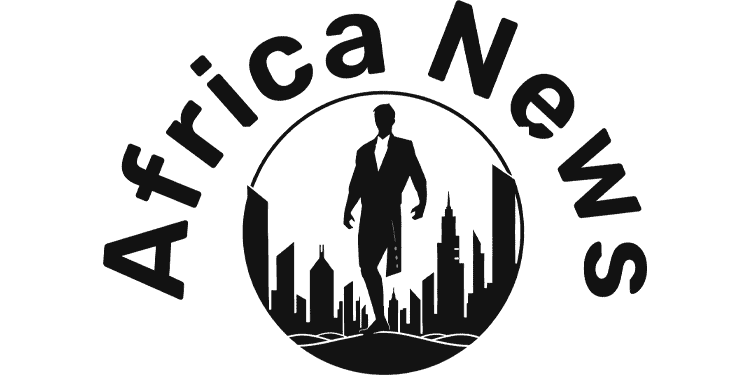Monday April 29 2024
IMF report doesn’t give any particular reasons for the troubled trio’s exceptionally positive outlook.
The International Monetary Fund (IMF) has named South Sudan, Burundi and the Democratic Republic of the Congo as the East African Community (EAC) member states poised for the quickest economic growth trajectories in the 2024-2025 period. This, is despite the three being the most conflict-stricken in the region.
The IMF’s latest regional economic outlook report for Sub-Saharan Africa published last week forecasts a 1.2 percent gross domestic product (GDP) growth for South Sudan, from 5.6 to 6.8 percent, even as it grapples with economic disruptions and humanitarian support problems caused by the war in neighbouring Sudan.
GDP growth in Burundi is projected to jump from 4.3 to 5.4 percent and in DR Congo from 4.7 to 5.7 percent. All three countries are included in the report’s group of countries in ‘Fragile and Conflict-Affected Situations’.
Four of the other five EAC countries are below the full 1 percent growth marks, but the report does not give any particular reason(s) for the troubled trio’s exceptionally positive outlooks while citing many of their problems.
Somalia, the newest EAC member having joined just last month, is not mentioned at all. Kenya and Rwanda have the lowest growth trajectory forecasts at 0.1 and 0.3 percent respectively, but Kenya is still tops in terms of GDP estimates for 2024 at $104 billion, which places it 7th overall on the list of largest economies in the continent.
Tanzania is the only other EAC country in the top 10 for Africa with a current GDP estimate of $79 billion.
According to the report launched on April 19 during the annual IMF-World Bank Spring Meetings in Washington D.C., the economic prospects for sub-Saharan Africa are still gradually improving after the general downturn induced by the global Covid-19 pandemic.
Read: IMF ends Ethiopia visit without a deal
GDP growth across the region is projected to hit 4.0 percent in 2025, after rising from 3.4 percent in 2023 to 3.8 percent in 2024, and two-thirds of the countries anticipate further growth in 2025.
The report, however, warns that risks remain as governments continue to grapple with financing shortages, high borrowing costs and impending debt repayments.
“A funding squeeze persists and amid these challenges, sub-Saharan Africa will need additional support from the international community to develop a more sustainable future,” it says.
The IMF outlook is that DRC and South Sudan both experiencing tough security situations, in DR Congo’s case because of the raging conflict east of the country which shows little sign of cooling off anytime soon and has the potential to inflict long-term harm to the economy.
Figures are also included showing that DR Congo is second only to Burundi in terms of highest monetary and forex exchange rates in the EAC region.
On the positive Burundi forecast for 2025, the report again did not offer explanations. However, another IMF team that visited Bujumbura in January noted that real GDP had rebounded from an 2.7 percent growth in 2023 to 4.3 percent this year and projected a stronger economic recovery going forward.
The most recent IMF ground assessment of the situation in South Sudan was done in December 2023 when a staff team visited Guba for consultations on medium-term fiscal policies to address the country’s fragility issue.
It commended government efforts to maintain macroeconomic policies that have allowed the country’s foreign exchange rate to “show signs of stabilization in recent months”, but also noted that South Sudan’s risk of debt distress remained high amid low levels of forex reserves and fiscal buffers.
The Fund has recently appointed a public finance management advisor at the request of South Sudan authorities to help in reforming budget execution, cash management and fiscal reporting processes.
This followed a technical assessment in February this year that the country’s finance ministry faced “significant challenges” in preparing realistic budgets and enforcing disciplined budget execution due to a post-civil war recovery environment that was still “fragile.”
But the report still predicts that DR Congo’s average consumer prices will drop to 8.5 percent in 2025 from 19.9 percent in 2023 and 17.6 percent in 2024, which would be the lowest consumer prices threshold recorded for the country in almost two decades.
The director of the IMF’s African Department, Abebe Aemro Selassie, said during the report launch that the DR Congo government deserved commendation for pursuing “very difficult but important reforms over the last few years” to ensure a degree of macroeconomic stability to the country.
Read: IMF relieves EA’s indebted states with $1.9b financing deals
Mr Selassie pointed out that DR Congo was about to wrap up a three-year, $1.5 billion program with the IMF, the first between the two parties that has “gone through the full cycle without interruption” in terms of consistent implementation by the government.
“If the government shows strong interest to pursue another program once the current one ends, we would be very happy to engage in discussions along those lines,” he said.
The growth would be driven by increasing agricultural production, public investments and other ongoing economic reforms under the Fund’s latest Extended Credit Facility (ECF) arrangement for Burundi which is aimed at supporting financial sector resilience in the post-pandemic period, the team said.
Source link : https://www.theeastafrican.co.ke/tea/business/eac-s-fragile-states-set-for-fastest-gdp-growth–4605418?view=htmlamp
Author :
Publish date : 2024-04-29 07:00:00
Copyright for syndicated content belongs to the linked Source.
